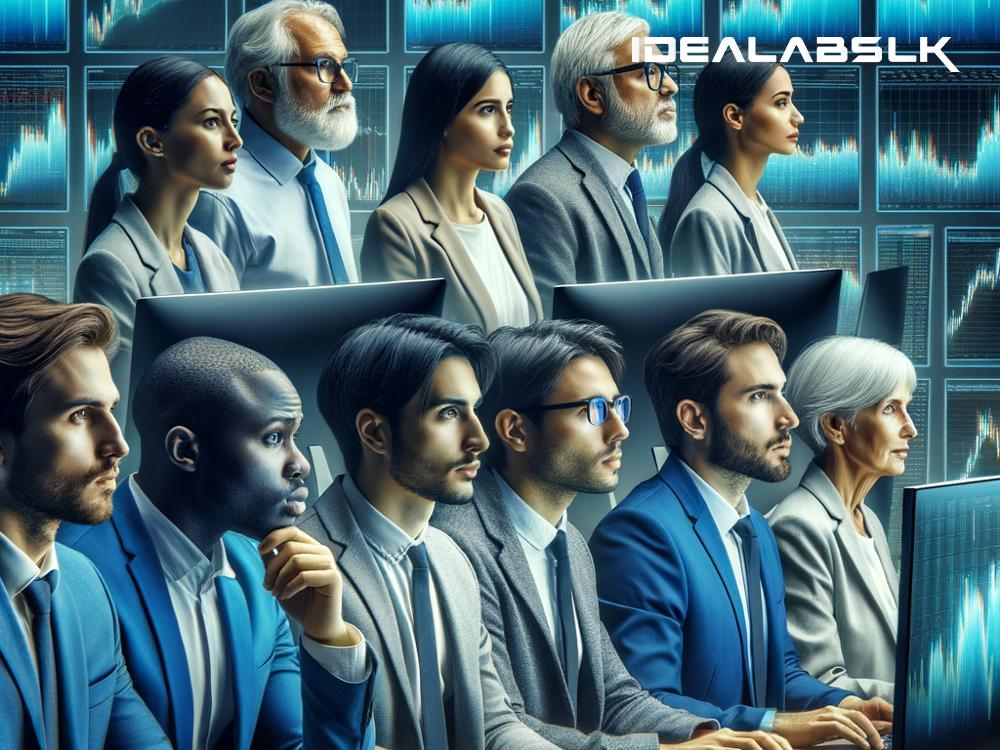How AI-Powered Bots Influence Stock Market Decisions
In the fast-paced world of the stock market, where decisions need to be made in fractions of a second, humans have found an incredibly powerful ally: Artificial Intelligence (AI). The result of this partnership? AI-powered bots that can influence stock market decisions in ways that were once thought impossible. But what does this mean for investors, the stock market, and the economy at large? Let's break it down into simpler terms.
Understanding AI and Bots
First, let's clarify what we mean by AI and bots. AI, or Artificial Intelligence, refers to machines designed to mimic human intelligence — making decisions, solving problems, and even learning over time. A bot, short for robot in this context, is a type of AI that's programmed to perform specific tasks automatically. So, when we talk about AI-powered bots in the stock market, we're discussing machines that are programmed to buy, sell, and make financial decisions on behalf of humans.
How Do These Bots Work?
AI-powered bots in the stock market use a method called "algorithmic trading." These algorithms analyze vast amounts of data at speeds no human can match. They look at past price movements, news articles, social media sentiment, economic indicators, and much more, all in real-time. They can spot patterns and predict possible future movements of stock prices, sometimes with astonishing accuracy.
Because these bots can process and analyze data much faster than humans, they can react to market changes instantly. This speed allows them to make trades at the best possible prices, something that is very hard for human traders to achieve consistently due to the sheer volume of data and the speed at which the market can change.
The Influence of AI-Powered Bots on the Stock Market
1. Increased Efficiency and Liquidity
One of the positive effects of AI-powered bots is the increase in market efficiency and liquidity. These bots can quickly match buyers with sellers, reducing transaction costs and making it easier for everyone to trade. This fluidity benefits the overall health of the stock market and makes it more accessible to a wider range of investors.
2. Enhanced Decision-Making
For institutional investors and hedge funds, AI bots can drastically improve decision-making. By analyzing data and trends that might be overlooked by human analysts, these bots can identify investment opportunities and risks, potentially leading to better returns.
3. Market Volatility
However, it's not all sunshine and rainbows. The speed and efficiency of AI-powered bots can also lead to increased volatility in stock prices. Since these bots can react to news or events much faster than humans, they can cause sharp price movements as they all try to make trades based on the same information at the same time.
4. Reduced Human Error but Increased Systemic Risk
Bots can eliminate emotional trading decisions, often a downfall of human investors who might buy or sell based on fear or excitement rather than logic. This reduction in human error can lead to more rational markets. However, it also introduces the risk of systemic errors — if many bots are programmed similarly, they might all react in the same way to a certain event, exacerbating market movements.
The Future of AI in Stock Trading
The influence of AI on stock market decisions is expected to grow. With advancements in AI technology, these bots will become even more sophisticated, capable of analyzing more data and making even faster trades. This evolution might lead to more efficient markets but also presents challenges in terms of regulation and ensuring fair play among investors.
Final Thoughts
AI-powered bots have undoubtedly transformed the stock market, making trading faster and more efficient. However, as with any technological advancement, there are pros and cons. The key for investors and regulators will be to harness the benefits of AI for improving market performance and accessibility, while also being vigilant about the risks it poses.
In conclusion, the rise of AI in stock trading epitomizes the double-edged sword of technological progress, offering both incredible opportunities and challenges that need careful navigation. As we move forward, the role of humans in navigating this landscape, setting rules, and making ethical decisions becomes more crucial than ever.

